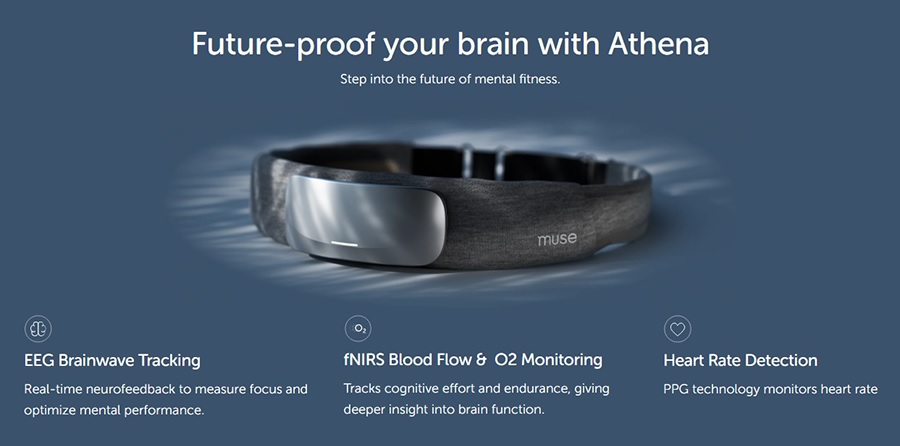
People often talk about meditation as if it were one thing, sit, breathe, be calm. Real life brains are varied. Some drift like dandelion seeds, some lock on problems like a terrier with a rope toy, some run hot, some run flat. The right style matches your tendencies so starting feels easy and progress shows up faster. Here we look at the way your attention moves, choose a meditation style that supports it, test that choice for a week, then keep what works. Simple, friendly, and free of mystique.
Contents
How to Think About Fit: Goals, Signals, and Cost
Fit starts with goals. Most people want one of three things, steadier focus for work or study, less reactivity and rumination, or kinder mood and relationships. Some want better sleep or a calmer body under pressure. Different practices lean toward different outcomes, so naming the primary goal helps you avoid trying ten styles at once and keeping none.
Next come signals. Your body broadcasts clues about attention long before thoughts become a mess. Key tells include jaw tension, shallow chest breaths, and a narrowing gaze on a screen. On the mental side, notice whether your mind hops in quick loops, rehearses the same story again and again, or goes foggy and blank. These patterns point toward certain techniques. For example, a hopping mind often benefits from a simple anchor with short returns, while heavy rumination often softens with practices that add warmth and widen perspective.
Finally, consider cost. A style that requires twenty silent minutes and a cushion in a sunlit loft may not fit a kitchen at 6 a.m. with kids. Short, doable sessions win. A five minute practice repeated daily beats a rare marathon. You can add time later if you like the results. Comfort matters too. Eyes open or closed, chair or cushion, silence or a soft soundscape, pick what your body accepts so your brain has a fair chance to learn.
Think of meditation as skill rehearsal. You are teaching the nervous system to return to a stable base, then rest there a little longer. As with any craft, you want early proof that the method fits your hands.
Six Core Styles, What They Feel Like, and Who They Fit
You do not need an encyclopedia. These six styles cover most needs. Each description includes the basic move, the common wins, and the kind of brain that often says yes.
Focused attention on breath or touch
- Move: place attention on a simple anchor, breath at the nostrils or fingertip touch. When the mind wanders, label it thinking and return kindly.
- Wins: steadier focus, faster returns after distractions, less fidgeting during work blocks.
- Best for: jumpy attention, beginners who crave clear instructions, coders and writers who want a reliable start line.
Open monitoring, observing without chasing
- Move: notice whatever arises, sounds, sensations, thoughts, without choosing a single anchor. Label lightly and keep a soft, wide attention.
- Wins: less reactivity to noise and feelings, better situational awareness, more patience with uncertainty.
- Best for: people who feel claustrophobic with a single target, leaders and parents who must track many inputs without panic.
Body scan, from toes to head
- Move: move attention slowly through the body, notice contact, temperature, and tension. Soften each region a little.
- Wins: lower background tension, easier sleep, better interoception, the sense of what the body is doing.
- Best for: people with tight shoulders, jaw clenching, or somatic anxiety, bedtime worriers.
Loving kindness, also called compassion or metta
- Move: repeat simple phrases of goodwill for yourself and others, may I be safe, may you be healthy, while holding a kind image or memory.
- Wins: softer self talk, reduced social tension, lower spite during conflict, easier repairs after mistakes.
- Best for: harsh inner critics, people in caregiving roles, anyone who wants mood to lift rather than only quiet.
Mantra, repeated word or sound
- Move: repeat a neutral syllable or phrase on each breath. Some use breath counting as a cousin technique.
- Wins: rhythmic focus, fewer intrusive thoughts, a stable cadence that travels well in noisy places.
- Best for: language lovers, commuters, people who like structure and dislike silent gaps.
Movement based, walking or gentle swaying
- Move: pair breath with steps, for example three steps in, four steps out, or sway slowly while standing with soft knees.
- Wins: attention without tightness, energy without jitter, easier entry for restless bodies.
- Best for: fidgety folks, people who feel sleepy when they sit, anyone short on time between meetings.
Tech can support any of these, used lightly. Heart rate variability pacers set a gentle rhythm for breath practices. A consumer EEG headband such as the Muse device can provide one minute of audio cues during attention settling before you continue on your own. It is not a medical device and it does not diagnose conditions. Treat devices like training wheels you can remove when balance shows up.
Quick Self Assessment: Map Your Attention to a Style
Grab a scrap of paper and circle what sounds like you. The goal is a first draft, not a personality tattoo. After a week of practice you can adjust.
How your mind behaves under stress
- Hops rapidly: bursts of thought, urge to check something. Try focused attention or mantra to build returns.
- Ruminates: repeats the same story. Try loving kindness plus short open monitoring to widen perspective.
- Foggy: blank or sleepy. Try movement based practice or a short breath primer, then focused attention.
What your body does
- Jaw, shoulders tight: body scan at night, breath pacing in the afternoon.
- Legs restless: walking meditation or standing sways for two minutes before sitting.
- Neck and eye strain: open monitoring with a soft gaze, include a 20 foot look every few breaths.
Your day realities
- Five free minutes, tops: mantra or focused attention in micro sets, one minute times five.
- Noisy home: movement based or mantra while standing by a window. Headphones with a soft soundscape help.
- Evening only: body scan plus loving kindness, calmer mood pairs well with sleep.
Translate your circles into a starter recipe. For example, a jumpy mind with tight shoulders might run a one minute breath primer, three minutes of focused attention, and one minute of body scan. A ruminating mind might run two minutes of loving kindness, two minutes of open monitoring, and one minute of focused attention to close. Short and mixed is allowed. You are fitting the practice to the person, not the other way around.
Your 7 Day Test Plan, Simple Metrics and Gentle Feedback
Testing prevents months of guessing. You will run one short session per day, track two tiny numbers, and optionally add light feedback. After a week, you pick what you liked and repeat it for another week. That is the whole game.
Daily structure, 6 to 8 minutes
- Primer, one to two minutes: sit tall, relax jaw and shoulders, breathe in for four counts and out for six. If you enjoy structure, use a visual pacer.
- Primary style, three to four minutes: choose from your recipe. Keep eyes open or closed based on comfort.
- Finish, one minute: stand, look 20 feet away, take two slow breaths, and write one line, what changed.
Metrics that keep you honest
- Clarity rating: one to ten, how ready do you feel for the next task.
- Return speed: seconds it takes to return to the anchor after you notice wandering. Estimate lightly.
- Optional HRV note: if you use a pacer or watch, jot a simple up, flat, or down after the primer. Trends matter more than exact values.
Optional device support
- EEG cue: a consumer headband such as Muse offers quick audio feedback during a one minute attention settle. Use it before your primary style, then remove it and continue in silence. The device is not a medical instrument and does not diagnose conditions.
- Movement and light: a one minute walk before evening practice or a few minutes of morning light often improves results more than any gadget.
At the end of seven days, review your notes. Keep the style that gave you the best combination of clarity and friendliness. If two tie, alternate them by day. Variety is fine as long as the ritual stays small and repeatable.
Troubleshooting and Personalization: Make the Practice Yours
Every brain throws curveballs. The fix is almost always a small adjustment, not a heroic overhaul. Use the guide below when sessions feel off.
If you feel edgy or anxious
- Make breaths smaller and quieter, keep exhales slightly longer. Practice with eyes open and a soft gaze. Add a gentle movement minute before sitting.
- Swap pure focus for loving kindness or body scan for a week. Warmth plus interoception often lowers the threat signal.
If you feel sleepy
- Move practice to morning or lunch. Finish with eyes open and a wider gaze. Choose movement based or mantra sessions for a while.
- Shorten sessions to four minutes but repeat twice daily. Frequency beats duration for alertness.
If nothing seems to change
- Reduce friction, same chair, same time, same short script. Consistency teaches the body faster than variety.
- Check life supports, light in the morning, meals at steady times, and a quiet wind down at night. Meditation rides on these rails.
Special notes
- People with trauma histories may prefer eyes open practices and shorter windows. Safety comes first. Consider guidance from a clinician.
- Headaches or dizziness suggest breath size is too large. Shrink the inhale, keep rhythm gentle, and stand briefly if needed.
- Curious about research tools like fNIRS, they measure blood oxygenation in the cortex during effort. Useful in labs, not required at home.
Remember the point, usable calm in daily life. If a practice makes you kinder to your future self and steadier at work, you are on the right path, even if your sit did not feel movie worthy.

